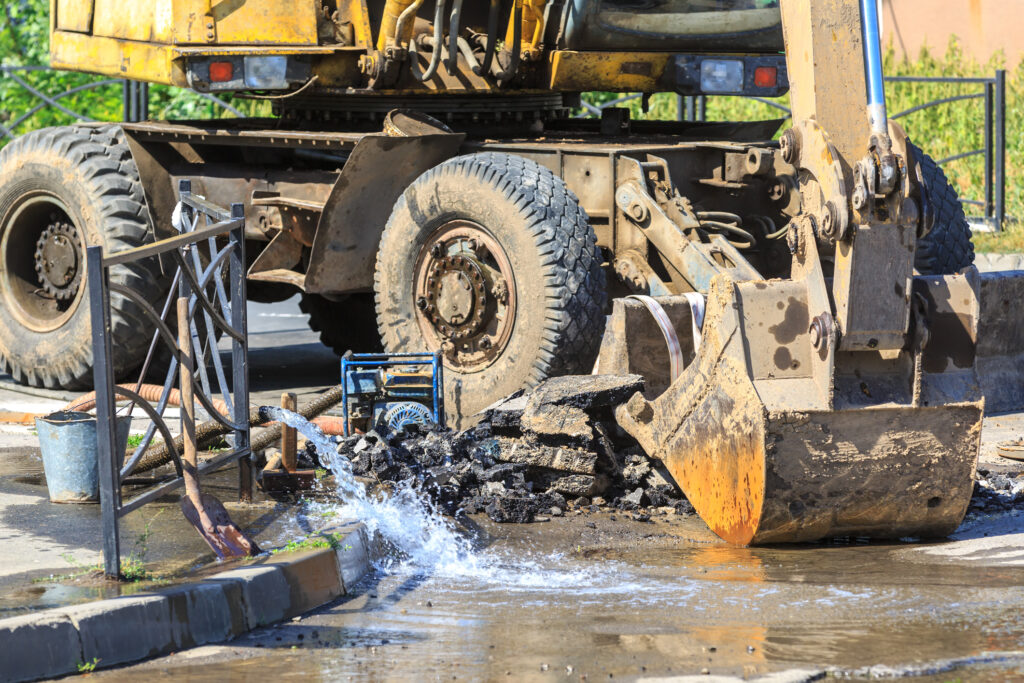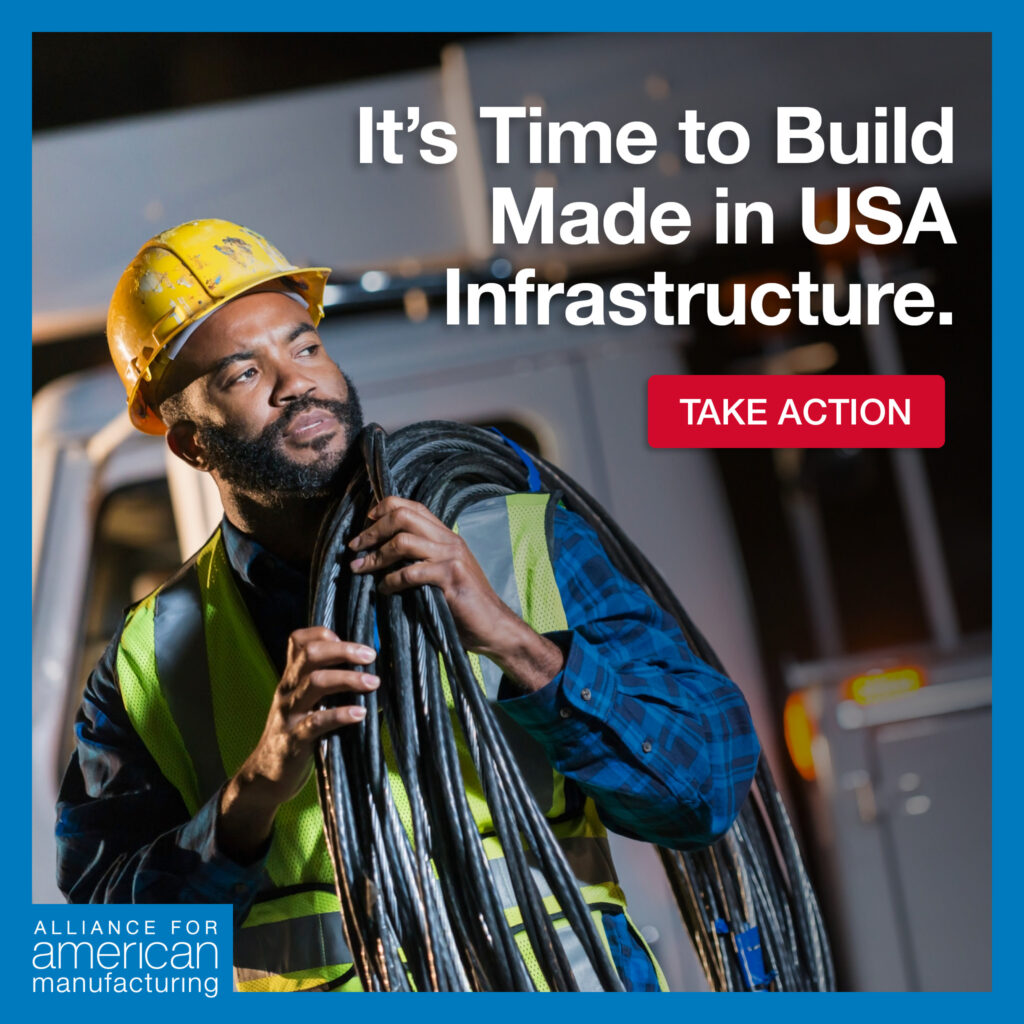
Not great.
The American Society of Civil Engineers (ASCE) on Wednesday unveiled the latest edition of its Report Card for America’s Infrastructure, giving the United States a C- grade.
While it’s a better grade than the last edition in 2017, when American infrastructure nabbed a D+, nobody should be celebrating this very slight improvement.
For one, the grade examines America’s entire infrastructure, from roads and bridges to public transit and aviation to schools and public parks to hazardous waste and wastewater systems to broadband and the electric grid. That means some infrastructure fared better than others; there’s a bit of grading on a curve happening here.
Freight and passenger rail earned a solid B grade, for example, while public transit got a D- grade. Ports earned a B-, but Inland Waterways got a D+ and Dams a solid D. Other areas that earned a D+ or less include Schools, Roads, Aviation, Hazardous Waste, Levees, Public Parks, Stormwater and Wastewater.
Bridges earned a solid C grade – but that’s actually a decrease from the last report. More than 46,000 bridges across the country are now considered structurally deficit, and the maintenance backlog for bridges is now $125 billion, according to the ASCE.
None of this will come as a surprise to anyone who follows the infrastructure debate regularly, of course. We’ve had so many infrastructure weeks over the years that it’s become a joke.
Which begs the question: How did it get this bad, and why can’t we get our act together to fix it?
This brings me to The Sopranos. (Stick with me.)
Like a lot of people, one of the things I’ve done over the past year is rewatch The Sopranos. Something I’ve noticed is how the expectations for A.J. Soprano, the troubled son of series protagonist Tony Soprano, shift downward as the series progresses.
At the start, Tony and his wife Carmela hope that A.J. can avoid the family business and follow his older sister to a prestigious four-year school. But A.J. isn’t the most serious student and ends up posting poor grades, so the focus becomes state schools. After A.J. gets into trouble and is expelled, it is community college. He eventually gets fired from Blockbuster.
Maybe it’s because ASCE uses a report card to grade infrastructure or the fact that I’ve just been stuck in my house watching old Sopranos episodes for too long, but A.J. Soprano’s slow-and-steady downward progression is sort of what has happened to American infrastructure.
The United States once led the world in infrastructure. Expectations were high. Americans took for granted that their roads and bridges, ports and airports, schools and parks, public transit and railways and electric grid and everything else would lead the world.
But over the course of several decades, we let our infrastructure fall into disrepair. It didn’t happen all at once. And most of the time we get by, even though it means life is harder than it needs to be.
The roads were just a little more crowded at first; now drivers spend $1,000 extra every year due to wasted fuel and time because of the poor conditions of our roads, according to the ASCE.
Our airports slowly went from being symbols of American strength to among the worst; airline passengers faced 96 million minutes of delays in 2019, the ASCE reports.
Water system disruptions were once rare events; now there’s a water main break in the U.S. every two minutes, leading to 6 billion gallons of treated water lost each day (enough to fill 9,000+ swimming pools), the ASCE says.
Now everyone has diminished expectations for how our infrastructure should be. Sure, we’d love it to lead the world again – but hey, not all of us have the makings of a varsity athlete.
Poor infrastructure means more hours stuck in traffic, more time waiting for delayed planes and trains. It costs us money. It means the country is less competitive on the world stage. Yet it hasn’t been enough to spark any serious change.
But now things are getting to the breaking point.
It’s still unclear how many people died in Texas and other states because of the recent power outages that left more than 4.5 million people without electricity for days in the midst of a brutal winter storm. But the number is already too high, and it includes an 11-year-old boy. Meanwhile, folks in Jackson, Mississippi still do not have access to clean water weeks after winter weather caused damage there; the city faces a $2 billion infrastructure funding shortfall.
As I wrote a few weeks ago, I was one of the lucky Texas residents who didn’t lose power during last month’s catastrophic infrastructure failure. But lots of people I know did. Many of them made it through the power outages O.K., but then had water pipes burst because their homes or apartment buildings no longer had heat. Some are only now having their water restored.
There’s clearly a recognition that we need to invest in infrastructure. What has been lacking over the decades is the political willpower to actually do it.
The good news is that not only will we build a safer, stronger country when we finally get to work – but we will also create millions of good jobs in the process, many in manufacturing. If we include Buy America, we will ensure that money is reinvested right back into American workers, companies and communities.
A C- grade isn’t good enough. And we don’t have to be A.J. Soprano. Join me in telling President Biden and your Members of Congress to finally invest in infrastructure.

